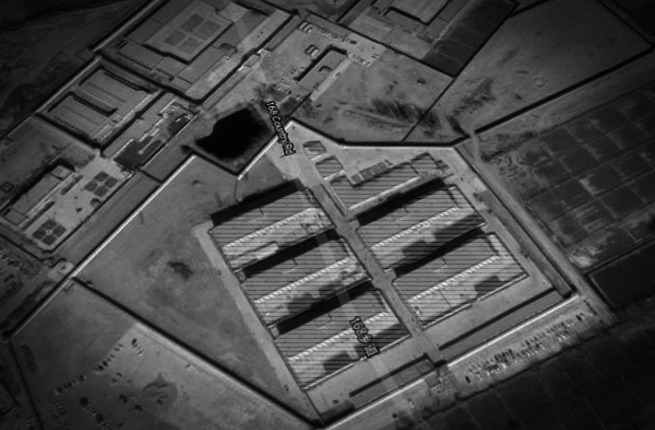Forced labor in Xinjiang camps

Emily Feng of the Financial Times reports that Xinjiang’s internment camps have begun forcing their detainees to do manual labor making textiles and other products. Excerpt:
In interviews with the families of six Uighur and Kazakh detainees, relatives said detainees have been employed at textile factories with little to no pay after “graduating” from the region’s detention centres. They are not allowed to leave the factories and communication with relatives, if permitted, is heavily monitored…
…Two of Xinjiang’s largest internment camps — the Kashgar city and Yutian county vocational training centres — have opened forced labour facilities this year. Yutian’s detention centre boasts eight factories specialising in vocations such as shoemaking, mobile phone assembly and tea packaging, offering a base monthly salary of Rmb1,500 ($220), according to Chinese state media reports.
Chris Buckley and Austin Ramzy of the New York Times have also reported that “mounting evidence suggests a system of forced labor is emerging from the camps.” Some of the evidence:
Badger Sportswear, a company based in North Carolina, last month received a container of polyester knitted T-shirts from Hetian Taida, a company in Xinjiang that was shown on a prime-time state television broadcast promoting the camps…
…An early hint of the factory labor program came in March when Sūn Ruìzhé 孙瑞哲, the president of the China National Textile and Apparel Council, described it to senior industry representatives, according to a transcript of his speech that was posted on industry websites.
Mr. Sun said that Xinjiang planned to recruit from three main sources to increase the textile and garment sector’s work force by more than 100,000 in 2018: impoverished households, struggling relatives of prisoners and detainees, and the camp inmates, whose training “could be combined with developing the textile and apparel section.”
Both the FT and the NYT suggest that this development is a resurrection of the reeducation through labor (劳教 láojiào) system, which was formally abolished in 2013. That’s one way of looking at it. I have a darker view.
In her book One Long Night: A Global History of Concentration Camps, Andrea Pitzer writes:
It is easy to demonize countries that have resorted to camps and to judge their citizens as unrecognizable monsters. But a close look at history reveals that nearly every nation has used camps at some point, though the degree to which their populations have embraced them and the devastation wreaked by each camp system have varied wildly. Their worst effects tend to be dampened in freer societies, where legal systems and legislatures have an opportunity to act. Yet a relatively healthy democracy is just as capable of instituting camps as the most corrupt Communist society or military dictatorship, sometimes with horrific results.
With few exceptions, camps are generally created to address real crises. They rarely succeed, more often trailing such damage in their wake that the original crisis is eclipsed. Nevertheless, the mechanics of many camps are similar in the first years. Even the most grotesque and deliberate detention-based genocide — the camps system of the Third Reich — began much like many others.
The first point about demonization is important: Pitzer’s horror-show tour of global concentration camps makes stops in Guantanamo Bay and America’s World War II Japanese internment camps. Very few countries truly hold the moral high ground on this issue. My native land of South Africa is where the term concentration camp was first popularized, by the British.
But the final sentence in the excerpt above distills the unease I feel about the Xinjiang camps: “Even the most grotesque and deliberate detention-based genocide — the camps system of the Third Reich — began much like many others.”
What do you do after you lock up several hundred thousand or a million people? You can’t let them all go at once. No matter when you let them go, some of the traumatized will nurse resentments that will never go away. If you can’t let them go, you have to make the vast system of camps economically viable. So the next step is forced labor, and China has enough entrepreneurs who know a good manufacturing deal when they see one to make that work.
But what comes after that?






